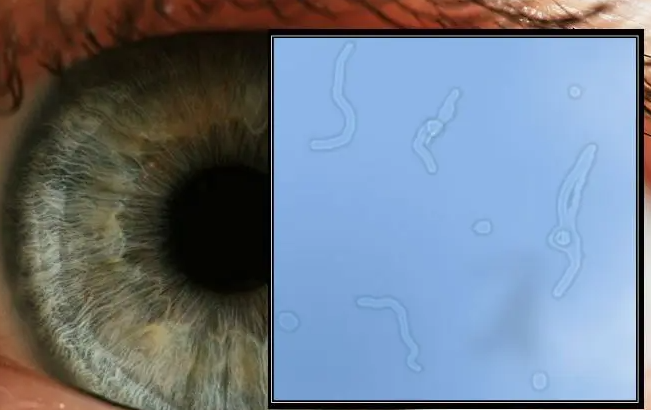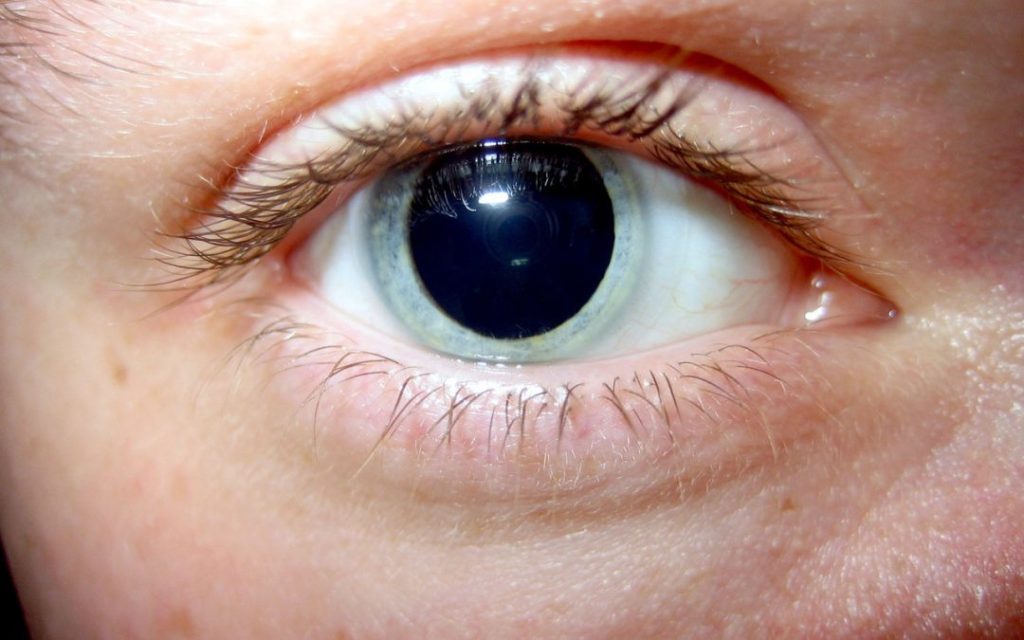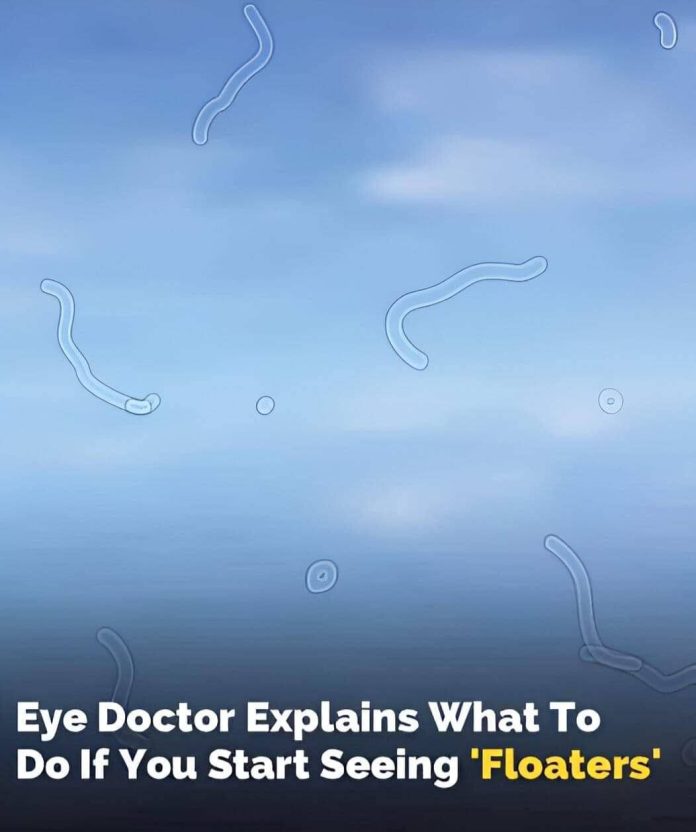Eye floaters are small, shadowy shapes that drift across your field of vision, often appearing as spots, threads, or cobweb-like fragments. They become particularly noticeable when looking at bright, plain backgrounds, such as a clear blue sky or a white wall. While usually harmless, a sudden increase in floaters can sometimes indicate a more serious eye condition.
Understanding Eye Floaters
The interior of the eye is filled with a gel-like substance called the vitreous humor. As we age, the vitreous gradually liquefies and shrinks, causing its microscopic fibers to clump together. These clumps cast shadows on the retina—the light-sensitive tissue at the back of the eye—resulting in the perception of floaters. This process is a natural part of aging and is commonly observed in individuals over the age of 50.

Common Causes of Eye Floaters
While age-related changes are the most common cause, other factors can contribute to the development of eye floaters:
- Nearsightedness (Myopia): Individuals with nearsightedness are more prone to experiencing floaters due to the elongated shape of the eyeball, which can affect the vitreous.
- Eye Trauma: Injuries to the eye can cause blood cells to enter the vitreous, manifesting as floaters.
- Inflammation (Uveitis): Inflammation in the eye’s interior can lead to the release of inflammatory debris into the vitreous.
- Diabetic Retinopathy: Diabetes can damage retinal blood vessels, leading to bleeding into the vitreous and the appearance of floaters.
- Posterior Vitreous Detachment (PVD): The vitreous pulls away from the retina, a common occurrence with aging, which can result in floaters.
It’s important to note that while floaters are often benign, they can occasionally signal more serious conditions such as retinal tears or detachments.
When to Seek Medical Attention
Most floaters are harmless and tend to become less noticeable over time. However, immediate medical attention is necessary if you experience:
- A Sudden Increase in Floaters: Especially if accompanied by flashes of light.
- Loss of Peripheral Vision: This could indicate retinal detachment.
- Floaters Following Eye Surgery or Trauma: To rule out complications.
These symptoms could signify serious conditions that, if left untreated, may lead to vision loss.
Diagnosis and Treatment
An ophthalmologist can diagnose the cause of floaters through a comprehensive eye examination, which may include:
- Dilated Eye Exam: Allows the doctor to examine the retina and vitreous more thoroughly.
- Ultrasound Imaging: Used if the view to the back of the eye is obscured.

In most cases, no treatment is required for floaters, as the brain often adapts to their presence, making them less noticeable. However, if floaters significantly impair vision, treatment options include:
- Vitrectomy: A surgical procedure that removes the vitreous gel along with the floaters and replaces it with a saline solution. This procedure carries risks such as retinal detachment and cataracts.
- Laser Therapy (Laser Vitreolysis): A laser is used to break up floaters, making them less noticeable. The effectiveness and safety of this procedure are still under study.
It’s essential to discuss the potential benefits and risks of these treatments with an eye care professional.
Preventive Measures and Eye Health Maintenance
While it’s not always possible to prevent floaters, maintaining overall eye health can reduce the risk of developing vision problems:
- Regular Eye Examinations: Especially if you have risk factors such as diabetes or a history of eye injuries.
- Protective Eyewear: Wearing appropriate eye protection during activities that pose a risk of eye injury.
- Managing Chronic Conditions: Controlling diseases like diabetes and hypertension to prevent related eye complications.
- Healthy Lifestyle Choices: Eating a balanced diet rich in antioxidants, not smoking, and staying physically active contribute to overall eye health.
- By staying informed and proactive about eye health, you can better manage and potentially reduce the occurrence of eye floaters.
Conclusion
Eye floaters are a common visual phenomenon, often associated with the natural aging process. While usually harmless, a sudden onset or increase in floaters, especially when accompanied by other visual disturbances, warrants prompt medical evaluation to rule out serious conditions. Regular eye check-ups and a healthy lifestyle are key components in maintaining optimal vision and addressing concerns related to eye floaters.

















